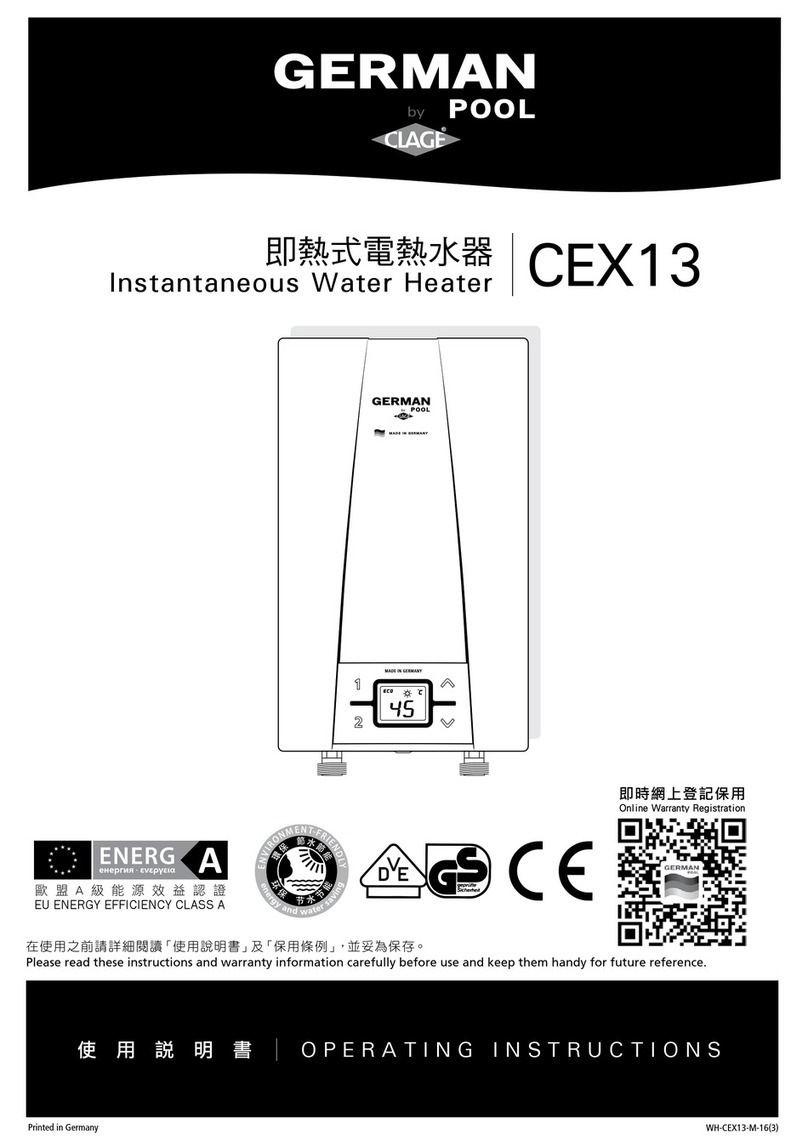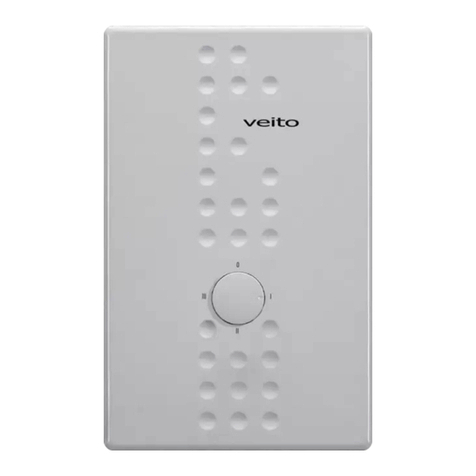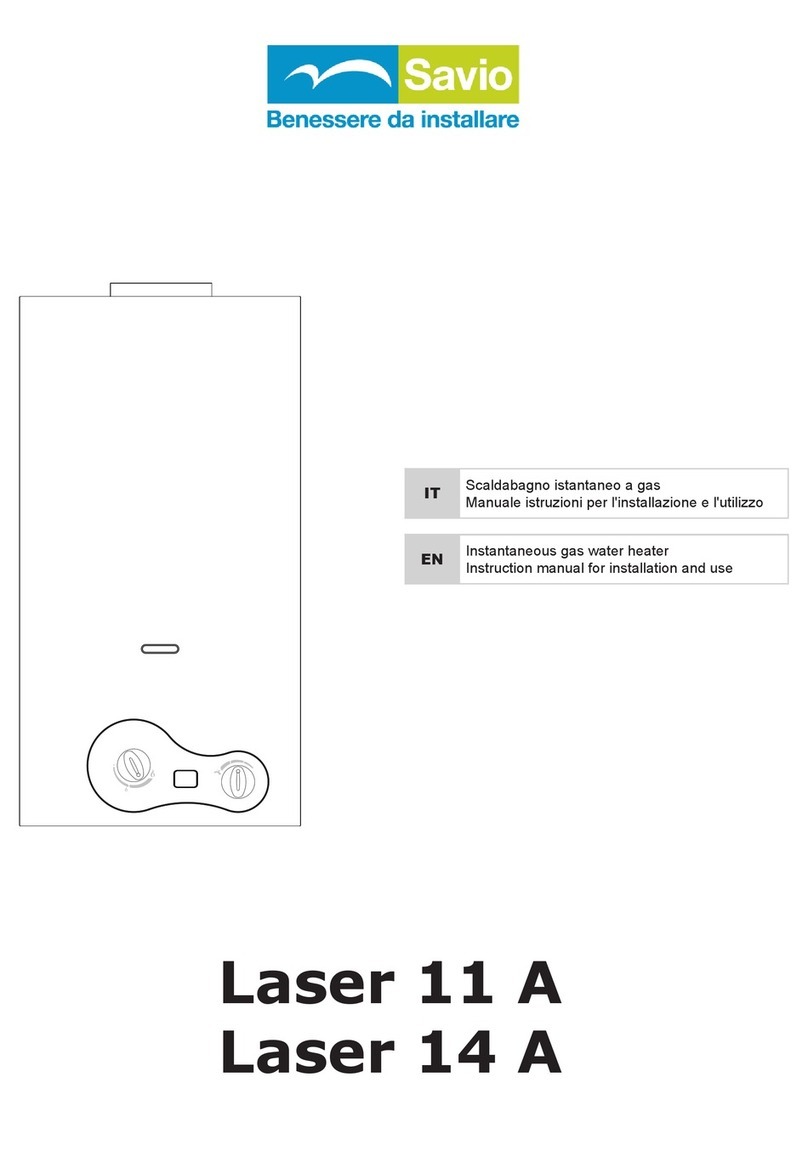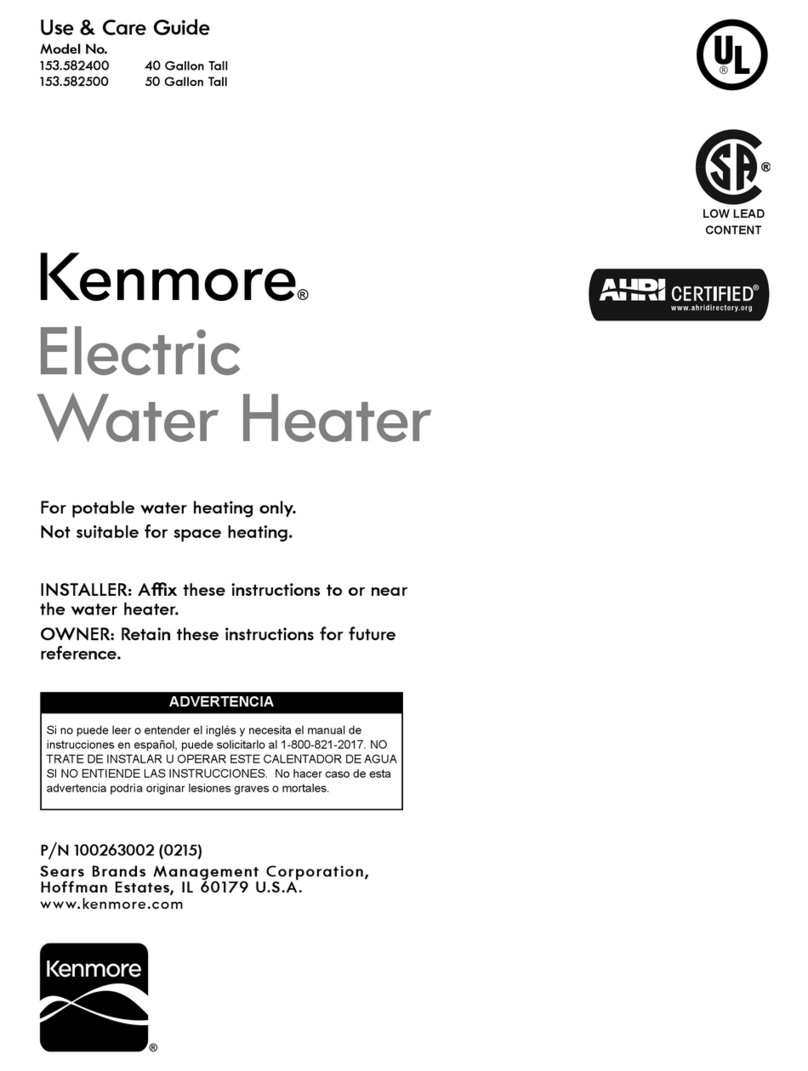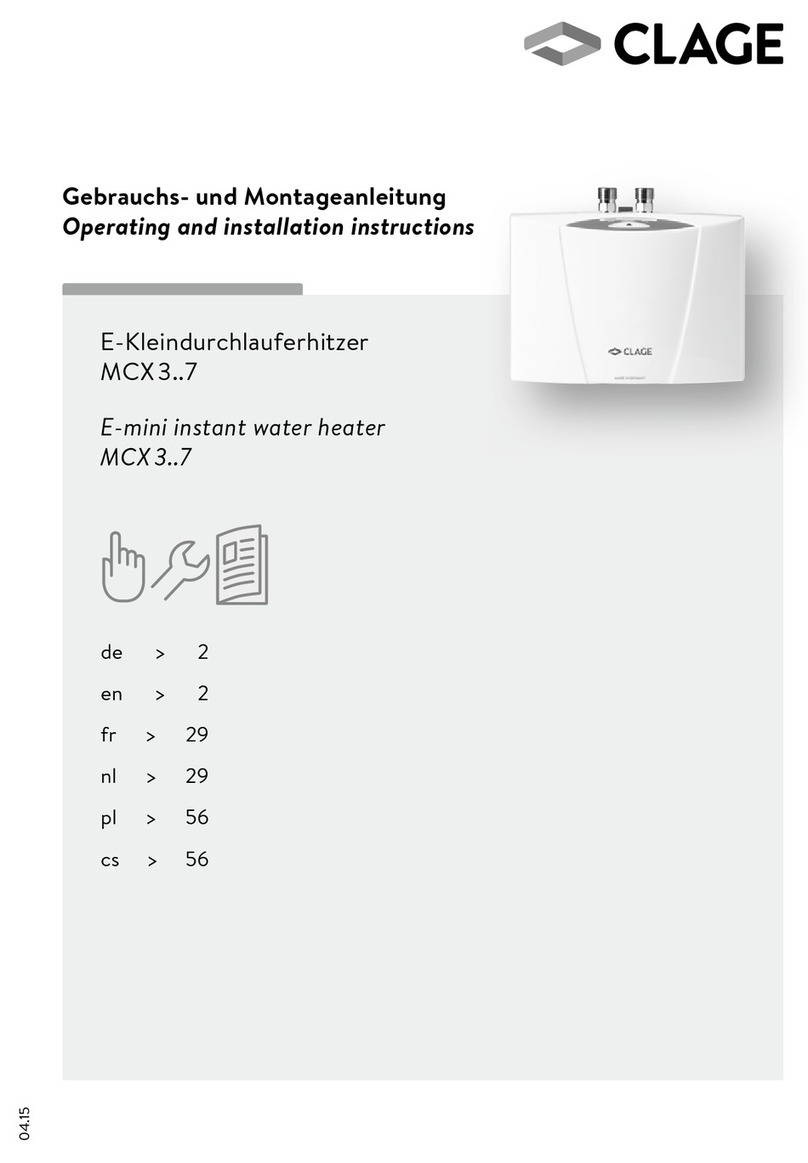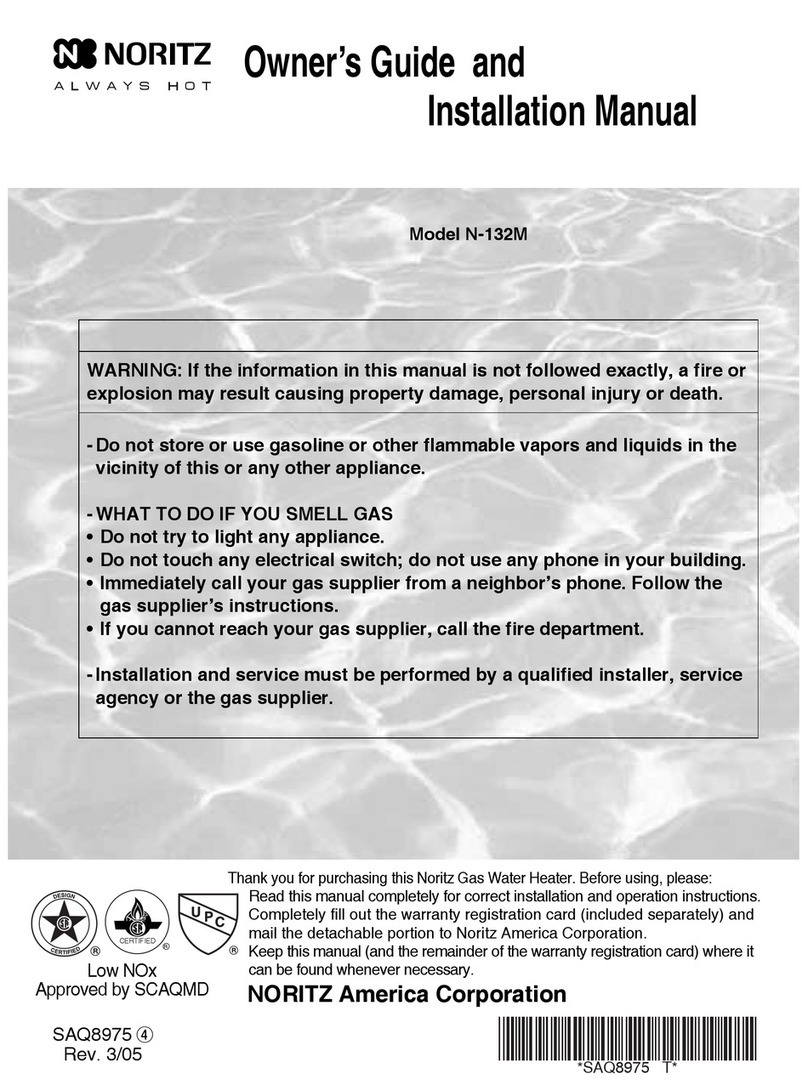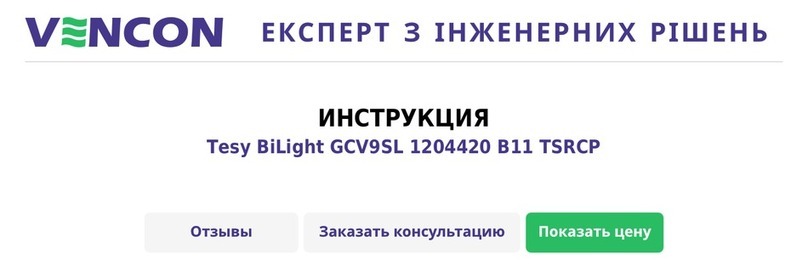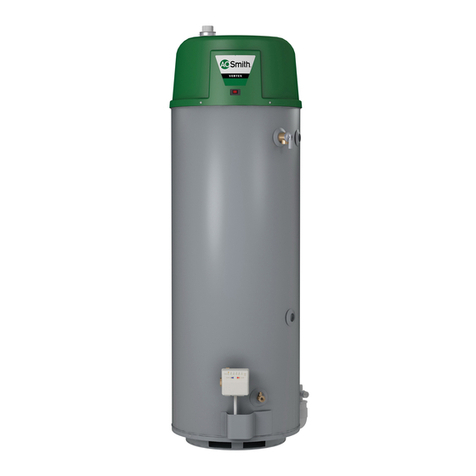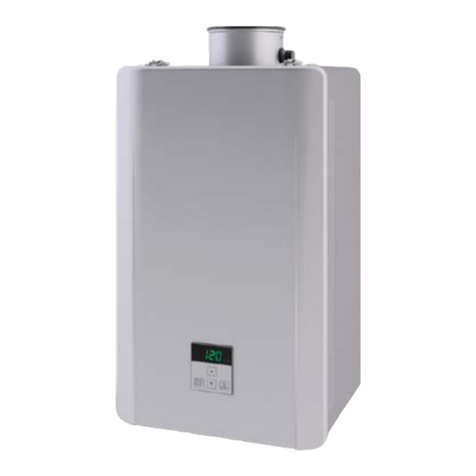
8
OPERATING INSTRUCTIONS
1. Portage & Main Outdoor Water Furnace may be connected to an existing boiler system. Burn
natural wood only
2. To avoid damage load wood carefully. Always shut off power before opening firing door or
loading the appliance with wood. Unlatch firing door allow ten seconds for smoke to dissipate
before opening door fully.
3. Do not use chemical substances or liquid fuels to start or enhance the fire.
4. Do not burn garbage, liquid fuels, engine oil, naphtha or other flammable materials, which
may cause a fire or an explosion.
5. Shut off the outdoor water furnace in case of a runway fire.
6. Clean the heat exchanger regularly to remove accumulated creosote and ash. Flue pipe and
chimney need to be cleaned periodically.
7. Clean the Outdoor Water Furnace and cap the chimney at the end of each heating season to
minimize corrosion during summer months.
8. Always maintain the Outdoor Water Furnace, flue pipe and chimney in good condition.
9. Do not load the Outdoor Water Furnace with wood during an electrical power failure. Do not
leave fire door open. Do not use firing, ash or damper doors to manually regulate combustion.
10.For safety do not store any fuel or combustible materials within the installation clearance of
the outdoor water furnace.
11.Keep firing and ash pan doors tightly closed at all times for safety.
12.Always keep the grates at the bottom of the firepot clean and free from ash to allow maximum
combustion air to enter the firepot.
SAVING TIPS
1. Keep the circulating pump(s) on all the time to maintain a comfortable environment and avoid
temperature swings and settling of suspended matter in the water.
2. Maintain a regular wood-loading schedule to keep the Outdoor Water Furnace operating under
steady-state conditions.
3. Lower the temperature setting to 120 –140 F (depending on your need) during milder
weather for maximum efficiency and savings.
4. Turn the circulating pump(s) on occasionally during summer to minimize pump seizure.
CREOSOTE CONTROL
Creosote is formed when wood is burned at a slow rate. Condensation of creosote vapors
occurs in the chimney which is relatively cooler than the Outdoor Water Furnace. This causes
creosote to form a lining inside the chimney.
Accumulations of creosote when ignited may result in chimney fires.
We recommend inspecting the chimney once a month during the heating season and removal
of creosote linings to reduce chimney fire hazards.
Morning high temperature firing of boiler for up to ten (10) minutes twice a week will eliminate
most of the soggy creosote in the heat exchanger and chimney. This is achieved by opening
the ash pan door during the high temperature-firing period. The ash pan door should be
closed immediately after this high temperature firing to prevent overheating of the outdoor
water furnace and water boiling away to an unsafe level.
